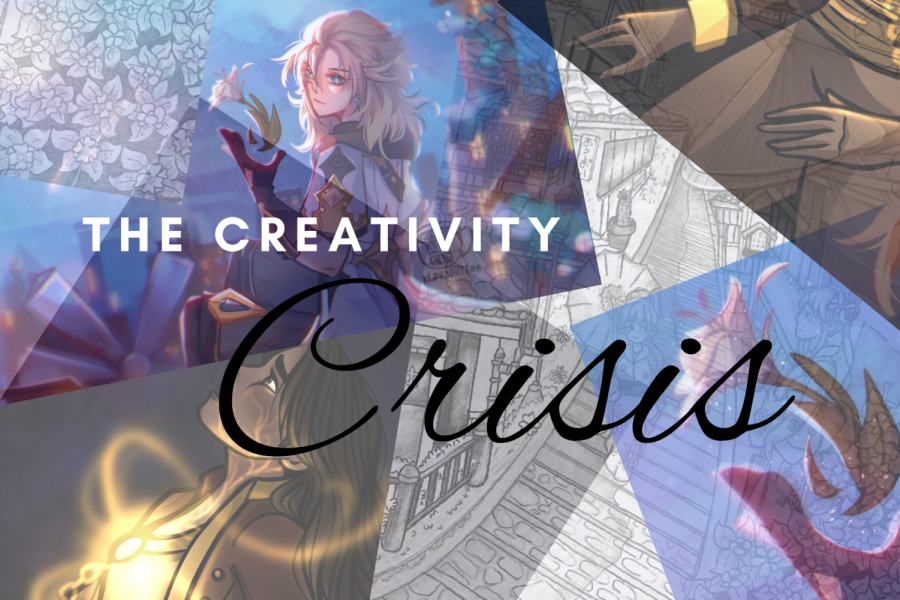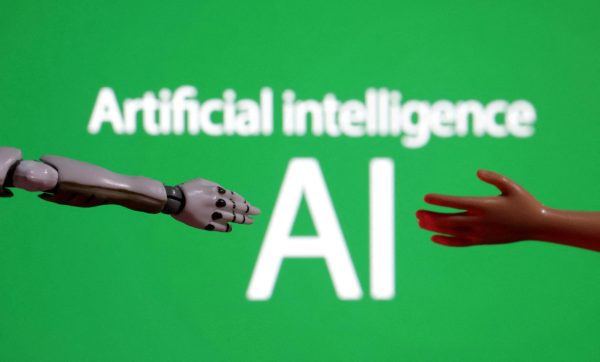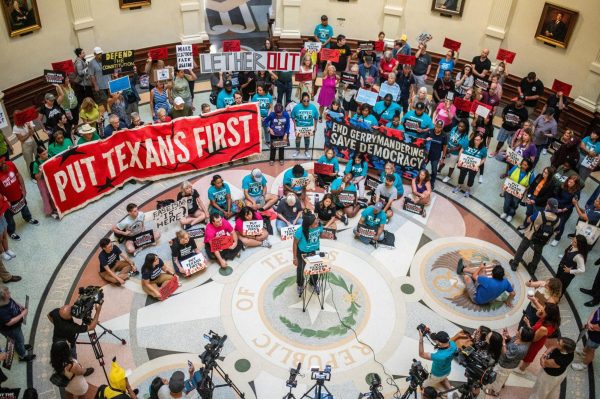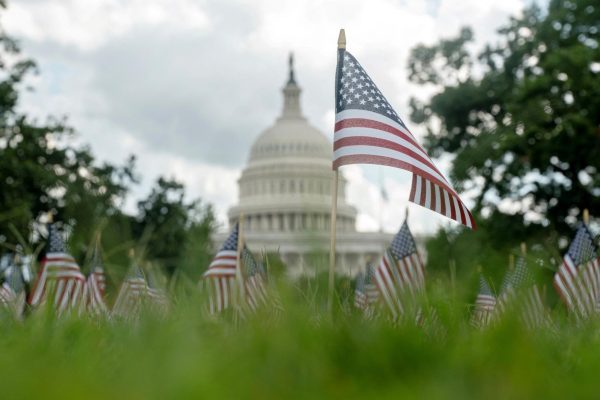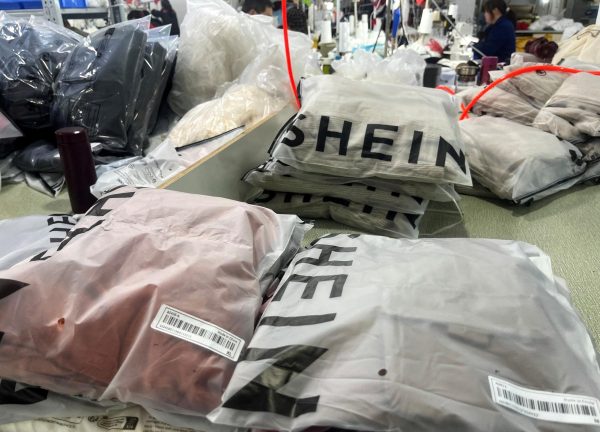The Creativity Crisis
Originality seems to be lacking in today’s world. We are flooded with movie remakes, mediocre sequels, and recycled ideas. In fact, the Torrance Test, an assessment created by psychologist Ellis Paul Torrance that measures creativity, reveals that creativity has declined in recent years. However, creativity flourishes on the RCHS campus.
The Creativity Crisis
In a recent article in Esquire Magazine, Anri Ichimura said, “a researcher at the University of William and Mary, U.S., [found that] Torrance creativity scores have been steadily declining since the ‘90s, and we’re now in the middle of a ‘creativity crisis.'”
First of all, this raises the question of what exactly defines a ‘creativity crisis.’
Professor Dr. KH Kim of Creativity and Innovation at the University of William and Mary clarified the ‘creativity crisis’ in a study she conducted in 2017. Her results showed the decline in human creativity from 1990-2017 due to the change in education systems that favor high-stake test preparation over nurturing creativity.
In her article titled “The Creativity Crisis: It’s Getting Worse,” Dr. Kim compared recent American education systems to those prior to the 1990s:
“Prior to the 1990s, American education cultivated, inspired, and encouraged. However, since the 1990s:
Losing curiosities and passions. Because of the incentives or sanctions on schools and teachers based on students’ test scores, schools have turned to rote lecturing to teach all tested material and spent time teaching specific test-taking skills. Students memorize information without opportunities for application. This approach stifles natural curiosities, the joy of learning, and exploring topics that might lead to their passions.
Narrowing visions. Making test scores as the measure of success fosters students’ competition and narrows their goals, such as getting rich, while decreasing their empathy and compassion for those in need. However, the greatest innovators in history were inspired by big visions such as changing the world. Their big visions helped their minds transcend the concrete constraints or limitations and recognize patterns or relationships among the unrelated.
Lowering expectations. Schools focus on students whose scores are just below passing score and ignore high-achieving students.
Avoiding risk-taking. High-stakes testing teaches students to avoid taking risks for fear of being wrong. The willingness to accept failure is essential for creativity.”
In other words, the ‘creativity crisis’ is defined by the decrease in human creativity over time due to the increased focus on accuracy rather than innovation, hence the stratification of success and creativity and thus the creativity crisis.
But what defines creativity?
What is Creativity?
The abstract and subjective concept of creativity shifts its meaning and value from person to person.
The denotation of creativity, according to Google, is essentially the phenomenon when one uses their imagination to form original and innovative ideas. Dr. Kim said, “creativity is making something unique and useful and often produces innovation.”
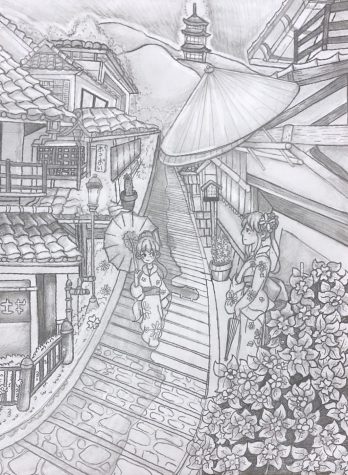
Ms. Megan Womack, who teaches AP Language and freshman English, mentioned how creativity is “one’s ability to be able to problem-solve and look at the world from different angles.”
Similarly, fine arts teacher Mr. Lawrence Prince defined creativity as “the ability to spontaneously come up with innovative solutions to problems.”
To RCHS senior Jonah Camacho, however, creativity is more than its ability to foster innovation and discovery as it is “the biggest form of communicating.”
Camacho said, “the definition of creativity is determined by anyone who utilizes a want to express into a need to live. Live I mean in the sense of making moments with your own unique form of communication into an existential meaning for yourself.”
Creativity could be derived from one’s passion, for when one is passionate about a hobby they are motivated to be innovative and to express themselves creatively. In a way, creativity is the need for expression that sustains the human mind.
This connection between expression and creativity is especially notable in art. Prince said, “The definition I give for art in my class is art is an exercise in self-expression that is intended to elicit an aesthetic response in others. Creativity and self-expression are linked into what fundamentally makes up art.”
Even then, creativity is not that simple to define.
With a broad range of definitions and perspectives spanning across different people with different backgrounds, environments, and experiences, creativity becomes difficult to pinpoint as it means something different to each individual.
Womack said, “When you do try to make [creativity] tangible or try to have a definite definition, you’ve now lost it.”
Measuring Creativity
Creativity is such an abstract concept that simply cannot be studied and evaluated with numbers. What can and cannot be defined as creative proposes another question: How can creativity be quantified if there is no true, accurate definition agreeable across different people?
The answer is no.
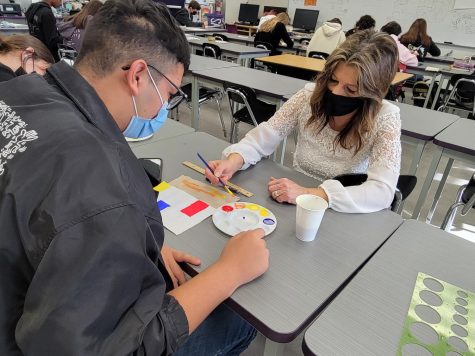
In truth, it is impossible to quantify creativity. Psychologist Elizabeth Kaplunov, Ph.D. said, “Measuring creativity by a quotient similar to an IQ was mostly unsuccessful because creativity is a highly abstract concept. There can be no right or wrong answers to a set of questions about creativity.”
Moreover, in response to the question of quantifying creativity, Womack said, “No. At least in my 40 years on this Earth, I have not come up with that answer.”
Womack then mentioned how quantifying creativity would affect students, essentially contradicting the entire concept by placing expectations on creativity that students (especially those who are high achievers) would be forced to meet.
There have been many attempts to measure creativity in the past. In her article, “How Do We Measure Creativity,” Dr. Kaplunov reviews several techniques for measuring creativity such as by quotient, psychometrics (the study of psychology that deals with measurement), and a social-personality approach, all of which she deemed unsuccessful.
Thus, it is not humanly possible to convert creativity into numbers we could comprehend.
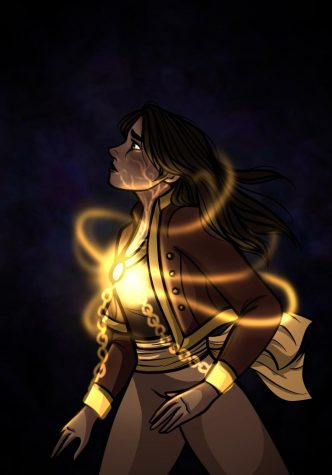
Though, this does not eliminate the ability to measure creativity without numbers. Dr. Kaplunov said, “We should stop trying to measure abstract concepts by numbers or separate unclear concepts into factors we do know about. Since no perfect measures exist, we should create new ones ourselves that will be more satisfying.”
This notion appears within art, for example. Prince said, “As part of art education, we are taught something called the elements and principles of art. The idea is that within the human experience, there are certain truisms. We have to have some way of concrete, an objective way of saying we deem this as superior and this as inferior.”
Prince classified a few of these guidelines such as contrast and symmetry, both of which are aesthetically pleasing to the eye. While this may seem to put regulations on people’s creativity, Prince said, “within [those guidelines] there is room for flexibility.” He then explained how surrealism, a form of abstract art, allows artists to create art that deviates from the set guidelines while still falling within the categories of representational, abstract, and nonobjective art.
This proves the difficulty of measuring creativity because it is so subjective.
Therefore, if creativity cannot be defined or measured, who’s to say that it is increasing or decreasing? Sure, originality may be lacking in the media, but that does not mean that creativity is necessarily disappearing over time.
Creativity at RCHS
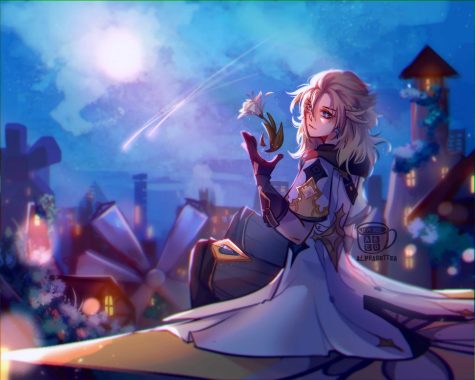
Michael Easter, mental health writer and author of The Comfort Crisis, said that this ‘creativity crisis’ is also supposedly caused by “hurried, over-scheduled lives and the increasing amount of time in front of electronics,” tying back to Dr. Kim’s argument blaming the rigorous education system for students’ decline in creativity.
This fact about “busy, over-scheduled lives” remains true. Many RCHS students are overwhelmed with school workloads on top of jobs and other responsibilities.
RCHS junior Teryn Mathias said, “Most weeks I have upwards 4-5 quizzes/tests, so I often never have time to write. Most of when I’m creative is drowned out by the workload.”
Despite school work, Mathias still finds ways to express herself creatively. For example, she is a member of the JV Dance Team and uses dance as her creative outlet.
“I think dance is an amazing way to express how I’m feeling whenever I’m feeling it. When I’m able to create my own pieces I can better reflect how I want others to perceive my feelings,” said Mathias.
In addition to overwhelming school schedules, societal pressures also affect one’s motivation to express themselves creatively. Another RCHS junior Emily Keast admits that “I feel very restricted within society today, since people put so much pressure on artists to be better than other artists, but in reality, every piece of creativity is unique.”
Like Mathias, these pressures do not stop Keast from creatively expressing herself. She said, “I’ve always been a very creative person at heart and to stop pursuing these interests would be to deny my own personality.” She also said, “I’ve battled with anxiety since I was little, and expressing my emotions through my artwork or creative writing calms me.”
Lastly, it is clear that creativity is not necessarily linked to one’s academic success.
RCHS junior Carolina Gonzalez, for example, excels in graphic design, construction, free-hand drawing, and other artistic hobbies. In response to the question of whether creativity is associated with academic success, she said, “No not at all. My grades say that otherwise. Creativity honestly just comes out of nowhere.”
It is, however, linked to one’s overall intelligence, as Prince said, “Studies have shown over and over again that the most intelligent people try to stimulate both the left hemisphere and right hemisphere.” He elaborates that those who are able to do this are involved in music, drama, art, or other extracurricular activities that require one to think creatively, all of which are available at RCHS.
Therefore, busy schedules, societal pressures, or even the decrease of academic intelligence are not causing a ‘creativity crisis’ because human creativity is not declining in the first place.
Rather, it is being suppressed.
Hence, it is not whether or not creativity is declining or that originality is dying out. Creativity is innate and lies within every single one of us. Yet, it must be fostered and nurtured for it to prevail. The best way to do this is through expression, to be involved in school, create a club, find your place.
Or even better, build that place. Students who feel like RCHS does not offer enough opportunities can create their own clubs and choose classes that best fit their innovative desires.
Mathias said, “with clubs like the Creative Writing Club and opportunities like the Alpha Phi Alpha Oratorical Contest, RCHS has so many creative opportunities for its students.”
And other times, when life isn’t as overscheduled and busy, Michael Easter says, “The key to improving creativity might be to occasionally do nothing at all…We’ll think distinctly, in a way that delivers more original ideas.”
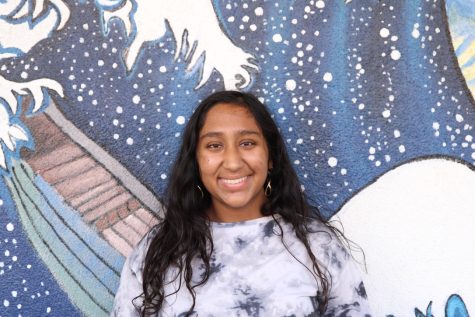
Nimrah Khan is a senior at RCHS, and this is her third year in journalism. She is the editor-in-chief of the school newspaper, The Cat’s Eye. Her favorite...

